ON PHOTOGRAPHY: Maximising the Odds of Photographic Expression – 2. A Farm Called Palmietpan
In the previous blog, I discussed very briefly how
spending some time in the company of the same individual or small group of
animals on separate occasions has allowed me to explore their lives more
intimately and meaningfully through photography. This is one strategy that I
relish whenever I stumble across such an infrequent and special instance. I
indicated too that spending time repeatedly in the same small locality on separate
trips has allowed me to maximise the odds of capturing the sense of place much more
intensely. Repeated visits have not only allowed me to broaden my understanding,
appreciation and feel for a locale; recurring outings to the same area also spur
me on to work harder at capturing all features of a place photographically.
In a significant way, a locality brings to
light its magnificence, beauty and meaning to me (as a photographer) only once
I have taken several photographs during an initial visit, I have had time thereafter
to reflect on these images, and then I have had an occasion to revisit the region
once more. This allows me to compare my first photographic efforts to the
actual place and to my experiences of it during this subsequent opportunity. Moreover,
on succeeding visits, I inevitably discover new, previously unobserved features
of the place, different conditions of lighting, my different moods will evoke
different responses each time around, and the place itself too will have altered
in many particulars. Never has a locality confronted me with congruent
combinations of visual delights or photographic challenges as on any previous
occasion.
Any destination, no matter how often I have
visited it, will always provide unique experiences if I remain receptive to its
sense of place and I am willing to pursue it. At a very young age I learnt that
having encountered a particular place and photographed it, does not equate with
comprehension, appreciation and complete discovery of a locale.
I have written previously about Palmietpan, a
small sheep and cattle farm in the south-western Free State Province of South
Africa. As with all agricultural landscapes, fences, tracks and roads crisscross
Palmietpan too, and the farm is peppered with cribs, windmills, kraals and outbuildings. Worse still, Palmietpan
is situated on the outskirts of the town of Hertzogville/Malebogo – maize
silos, electricity pylons and telephone lines dominate the skyline. The general
landscape of Palmietpan is monotonous; flat grassland covers most of the farm,
with an occasional clump of several Acacia
thorn-tree species, Buffalo-Thorn Jujube, Karee and Wild Asparagus at
watering-points. A small, shallow dam and a large pan are present as open
expanses of cracked clay for most of the year – in summers with good rainfall,
they do hold some shallow water. An isolated portion of the farm is covered by
open bushveld, but I have had only very few opportunities to spend time there
with a camera.
Family commitments have always determined the
times of my visits, most often during the end of summer or in the middle of
winter. In addition, many visits have coincided with times of severe drought. Of
all the places I visit regularly, Palmietpan has set the greatest challenge
photographically. Apart from a brief stopover of a sporadic vagrant (a Kudu or
a Warthog, for example), the farm is devoid of large game. For a photographer
interested in the environment and its inhabitants, first impressions of Palmietpan
are that this farm is unphotogenic in
extremis.
Over the past decade and a half, I have
wrestled with Palmietpan. Initially I would gladly have swapped localities with
almost any other environment; nevertheless, I had no choice and had to accept
the challenge posed by this farm, an agrarian area that seemingly would not
bring to light any fine photographs. Palmietpan is a place that humbles the
photographer – every composition, every image has to be discovered through hard
work. Here, photographs do not happen, compositions do not await disclosure by
a photographer’s merely cursory glance.
Yet, as I have discovered (and I am still
discovering fifteen years on), Palmietpan is a magical place of hidden beauty
and exciting encounters. The most obvious photographic gems are the various
patches of different grasses on the grassland expanses. The seasonal changes in
the interaction between the light and the grasses – each species with its own
specific inflorescence, height, thickness of culms and shape, length and
arrangement of leaves – is astonishing. Hidden between the grasses are the
numerous shrubs and herbs, each with different flowers in summer. These
colourful gems are usually small – the tall grasses conceal them – so that only
prolonged hikes through dense grassland can uncover them.
The bushes and trees also display beautiful
flowers for a short while in summer, but they retain throughout the year their individual
growth-forms and distinctive plant parts, including cladodes (instead of leaves),
hooks, prickles or thorns, for example. Just as every part of a nude body can
be photographed, so too every part of a plant reveals beauty.
While grasslands hide the splendour of the
insect and spider life extremely well, especially in dryer months, the
Harvester Ants are busy throughout the seasons. When water is present in the
small dam, colourful dragonflies and damselflies zing through the air or wait
patiently on grass stalks or branches of shrubs for passing prey. The seemingly
abandoned grasslands also hide the small mammal inhabitants, the rodents and
small carnivores. Very patiently, they have taught me their individual habits and
they have revealed their favourite seasonal haunts.
After a long apprenticeship, I can now find and
approach Four-striped Mice, South African Ground Squirrels and Yellow Mongooses
whenever I feel the need for a good chuckle at their skittish and secretive
behaviour. I have learnt, too, exactly where different species of grassland and
bushveld birds will find a beak-full of water, even during droughts, and which
water birds I can expect to encounter in the wetter summers.
By working away at first discovering, then
learning about Palmietpan, over many visits to this one small place, I have been
able to capture at least some of the essence of the grasslands, bushveld, dam, pan
and the residents of this most wonderful domain. There is no need to rush from
photogenic locality to the next – patience, observation and the ceaseless
exploration of even the most unpromising environment over time will yield
successful photographic compositions.
The sense of personal achievement as a
photographer is boosted by having to work hard at the fundamentals of
photography, searching for compositions rather than being confronted without
effort by an obvious landscape that is then photographed but often left
uncharted. I learned very early on in my photographic journey that restriction
to access of a discernibly photogenic destination in no way diminishes my
photographic passion or chances of capturing unique images. I simply need to
work harder and become receptive to the sense of place that surrounds me,
wherever I may find myself.
Moreover, Palmietpan even provides ‘landscape
photography’ regularly. While the ground below baulks against composition as a
dynamic, satisfactory landscape image, the high vaulted sky above provides
cloudscapes, which, like all landscapes, challenge any photographer to find a
composition – not of an actual place on Earth, but a haven for cloud princesses,
giants, ogres, gremlins and imps who will show their residences and castles to
any earthbound explorer of the endless vista of clouds, again-and-again,
visit-after-visit.
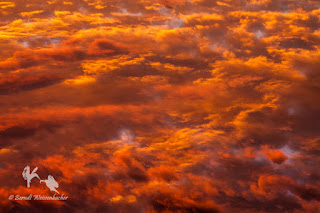
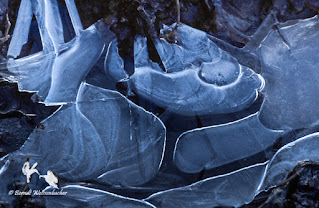


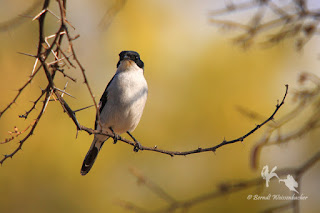


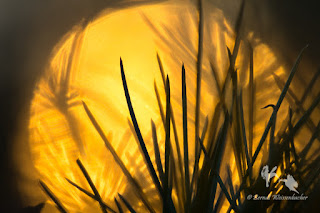


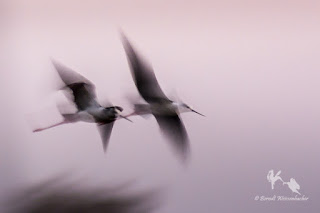



No comments:
Post a Comment